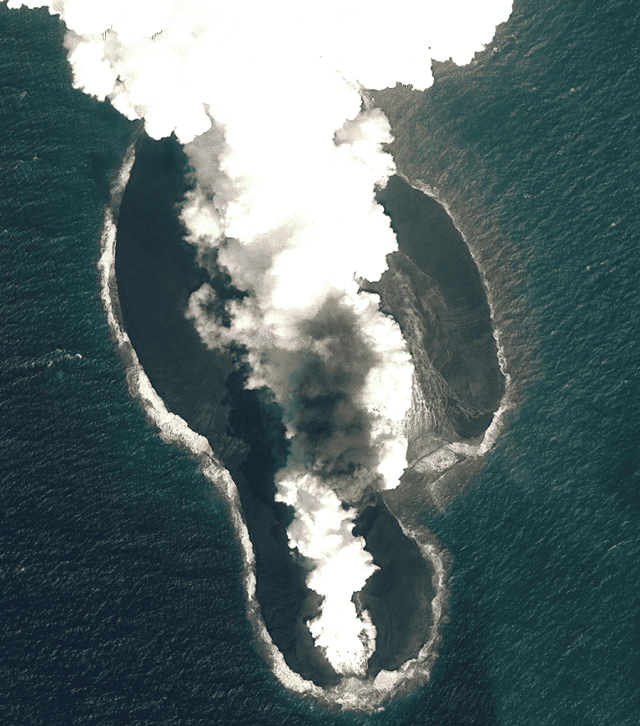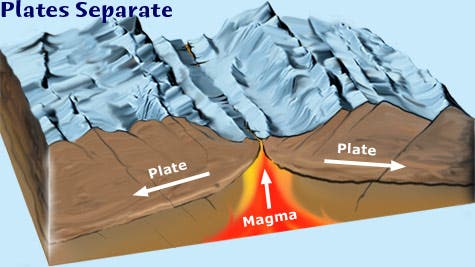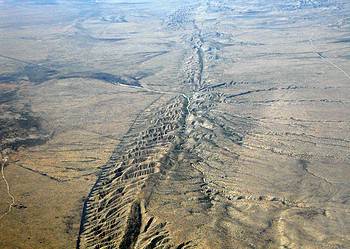We tend to think of the planets as static, enduring, and never changing. With the average human life spanning only decades, we can be forgiven that the dimension of time in which geological processes take place goes a bit over our heads. However, recent images captured by satellites showing the birth of two volcanic islands published in a study by Nature Communications are a powerful reminder that the Earth is a planet alive under its crust as well as above.

Image via arstechnica.com
The two islands, named Sholan and Jadid formed during volcanic eruptions in the Zubair archipelago in 2011 and 2013, respectively. They provided an excellent opportunity for scientists to study a rare and not fully understood phenomenon: the creation of land by submarine eruptions. Only a few such eruptions have been witnessed since the emergence of Surtsey Island to the south of Iceland in the 1960s.
Using high-resolution optical satellite images, the study charts the rapid growth of the new islands during their initial eruptive phases and how their shape changes as the waves wash over their coasts: they are being eroded fast by the waters of the Red Sea, one of the islands losing over 30% of its surface in just two years.
The southern part of the Red Sea is a new ocean-to-be, forming as tectonic plates spread apart at about 6mm per year. Under its waters a range of mountains created by volcanic eruptions, an embryonic mid-ocean ridge, forms at the point where these two plates’ boundaries are closest. The structure spreads following the system that feeds the eruptions, magma-filled cracks called dykes.

Image via www.divediscover.whoi.edu
Seismic activity similar to that recorded during the islands’ formation has also been recorded in the past, but without emersion of new land. Scientists suggest that this is caused by underwater eruptions or the formation of new intrusive structures in the crust (such as dykes), suggesting that this area is more volcanically active than previously thought.
Looking at the satellite captured images and data pertaining to ground deformation geologists discovered that while the islands measure in at about 1-km in diameter the dykes are at least 10-km in length. This is similar to other areas where spreading takes place, such as Iceland, where geological activity becomes focused around a few vents as the eruption progresses, supporting their claim that active tectonic spreading is taking place in the area.
Sholan and Jadid’s creation has provided scientists with valuable insight into geological processes, but perhaps more importantly, their birth reminds us that the ground underneath our feet was born, lives and one day will return to the earth. It’s alive. Just like us.






